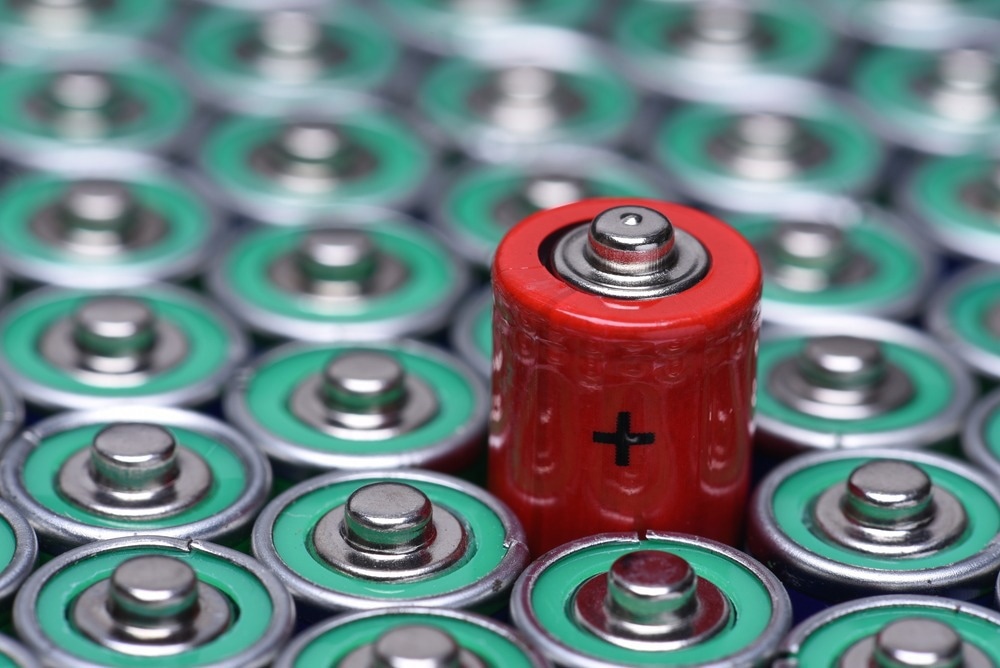Delft scientists are developing batteries that are designed to ship faster, have more stable storage, and are made from widely available materials. In doing so, they offer a more affordable alternative to lithium-ion batteries, which are made of rare materials and have a large CO2 footprint.

Image Credit: Flegere/Shutterstock.com
Marnix Wagemaker and Alexandros Vasileiadis recently published a study in the journal Nature Energy with researchers from the Chinese Academy of Sciences on fast-charging Na-ion batteries and improving the negative electrode. They can be made from organic materials. This decreases the reliance on scarce substances that are not from Europe.
Plus Point: Cathode Also Improved
Furthermore, the other side was also improved by Delft researchers who published it. This study in Nature Sustainability discusses the development of a new positive electrode based on design principles that they published in Science in 2020, 'Rational design of layered oxide materials for sodium-ion batteries.'
Using these design concepts, a material has been created that combines the best of two conceivable structures: high energy density and quick charging. As an extra advantage, the material appears to change structure extremely gradually when charging and discharging, extending its lifespan even more. It also lacks cobalt, which is still used in lithium-ion cathodes.
Next Steps
The third Growth Fund initiative, Sustainable Battery Technology, will take the next step when more information about these battery materials becomes available. In addition to Li-ion battery development, Na-ion research will be handled at the national level. The battery research will be developed, allowing this technology to be used in national and European markets.
Journal References:
Wang, Q., et. al. (2024) Fast-charge high-voltage layered cathodes for sodium-ion batteries. Nature Sustainability. doi:10.1038/s41893-024-01266-1
Zhao, C., et. al. (2024) Rational design of layered oxide materials for sodium-ion batteries. Science. doi:10.1126/science.aay9972